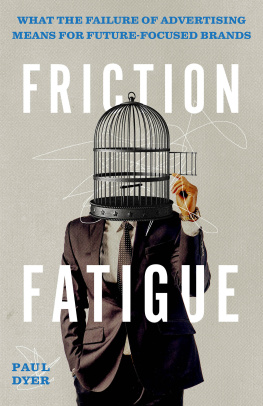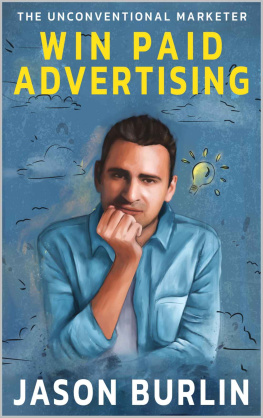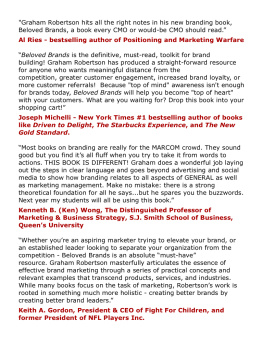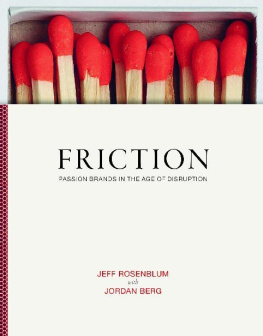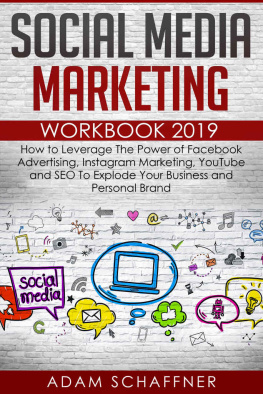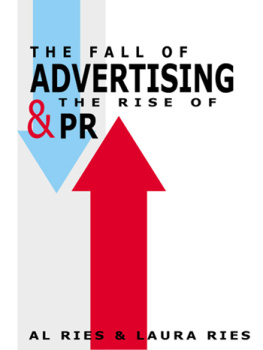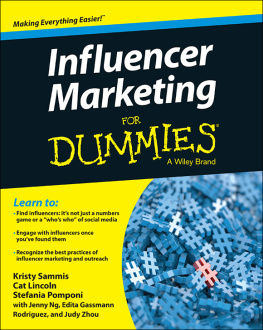All rights reserved.
Introduction
When people talk about brands that are defining a new era for marketing, Patagonia is often top of mind. Their purpose - driven approach, coupled with an empirical commitment to putting people and planet ahead of profits, while still making profits, is a standard bearer for young consumers, in particular. One of their most recent campaigns, Buy Less Demand More , debuted in late 2020 and literally called on consumers to buy fewer clothing items. The campaign explains that consumers can help protect the earth if they buy fewer products that are longer - lasting , made from recycled materials, and can serve multiple purposes. Of course, these attributes describe Patagonias products.
Patagonia is also notoriously stingy with advertising, preferring instead to spend its marketing resources on purpose - driven programs that benefit the environment. Perhaps this is why it caught my attention when the company, which is beloved by social media power users, ran the Buy Less Demand More campaign as a print ad in The New York Times and via OOH ( out - of - home ) placements as well.
The ad, which was remarked on by an article in Fast Company , consisted of a reversible poem that can be read both top - down and bottom - up to reveal different messages. After seeing the campaign, I asked our analytics team at Lippe Taylor to evaluate the social media responseexpecting to see a wave of sharing and conversation about it. Somewhat surprisingly, the response to this extremely clever campaign was relatively limited. All told, the nine news articles about the campaign were shared a combined total of 881 times according to Newswhip, and people authored just 221 tweets about it. Most of this commentary came from people in the advertising industry who expressed admiration at how clever the copy was. Heres what it said:
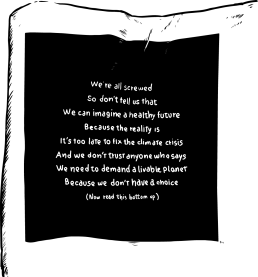
See how, when you flip the script, its delivered in a way that even the haters have to smile at? The copy is truly a work of genius, and it was very likely produced by the advertising industry. However, the idea behind it is not an advertising idea. Its an Earned Creative ideasomething that Fast Company naturally wrote about because its inherently engaging.
Earlier in the year, Patagonia had a similarly Earned Creative idea that was admittedly more partisan in nature but didnt have any advertising support behind it at all. The brand printed a hidden message in its shorts during the 2020 election cycle. Flipping up the tag that was placed in the rear of the shorts revealed a hidden message that read, Vote the Assholes Out . Related marketing materials explained that the assholes were politicians who denied climate change.

Patagonia can make this call to action because its a brand that lives its purpose. Not only does the brand donate a portion of all profits to environmental charities, but it has also designed all of its products and business practices with sustainability in mind. This commitment to living its purpose has earned Patagonia a special place in the hearts of young consumers: YPulse found that Patagonia was the number fifteen cool brand among millennials in 2020. These consumers readily pay a premium for Patagonias products because of the mission the company is on.
Its telling, therefore, that the brands hidden clothing tags sparked engagement and excitement among its consumer base that was an order of magnitude greater than the response it received for its advertising campaigndespite the ad campaign being brilliant enough to garner hundreds of endorsements from advertising professionals. According to the same data sources, the hidden tags were mentioned 19,734 times. This time, the conversation centered on the message, and not everybody agreed. In fact, rather than having the ad industry talk about the clever copy, the hidden tags spawned a much more polarized conversation, which is exactly what Patagonia was going for.
Whether you agree or disagree with its message, the hidden tags are an excellent example of frictionless marketing. Rather than interrupting people, it was entirely unobtrusive, hiding there in a new pair of shorts. But it contributed to a societal conversation, aligned with a purposeful mission, and added to the customers experience. In other words, it was everything that advertising isnt. That got me thinking: how might I borrow a page from Patagonias book for this one? So here goes:
Advertising is merely broken
So dont tell us that
We should imagine better marketing
Because the reality is
Its not too late to fix it
And we dont trust anyone who says
Its over for Big Advertising
Because we dont have a choice
(Now read this bottom up)
Top to bottom is what the Big Advertising industrial complex would have you believe. Bottom up is closer to the truth.
The fact is, people have been foretelling the death of advertising for a long time. Despite my general disagreement with how Big Advertising conducts itself as an industry, Im also a realist. My clients are marketers at big brands with big budgets who need to reach and influence millions of people. Until recently, it was simply not realistic to think any of the other fledgling arrows in their quiver could deliver the kind of impact they needed. So whats changed?
Amazon Got Us Hooked on Frictionless
For more than two decades now, Amazon has increasingly come to define consumer expectations. Theyve done this largely because they have offered the consumer a better experience. In fact, customer obsession has been a key pillar driving Amazons strategy from the beginning, and that customer means the consumer. In fact, the list of quotable quotes from Jeff Bezos about customer - centricity is longer than we can recount here:
Our goal is to be earths most customer - centric companyIf youre competitor - focused , you have to wait until there is a competitor doing something. Being customer - focused allows you to be more pioneering.Determine what your customers need and work backward, even if it requires learning new skills. The list goes on, but the theme is the same.
A key pillar of Amazons customer obsession has been frictionless commerce , which stems from a commonly taught microeconomics concept called frictionless markets. In frictionless markets, economists theorize about a world where transaction costs are eliminated, including things like the time required to consider and conduct a transaction as well as the actual costs to complete it. The idea is that friction caused by transaction costs decreases the volume and quality of transactions overall. By removing this friction, people will be willing to engage in more transactions. No wonder that Amazon has embraced this theorytheir philosophy from the beginning has been about dominating their share of total transactions in the economy (the company famously waited fifty - eight quarters after its IPO before making a profitall in pursuit of market dominance at all costseven if it meant losing money).

